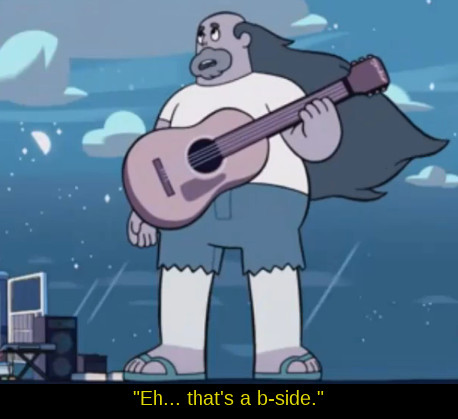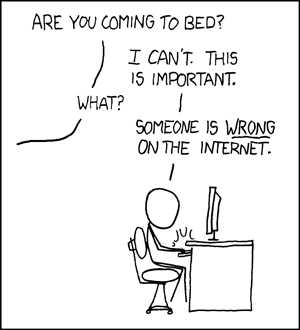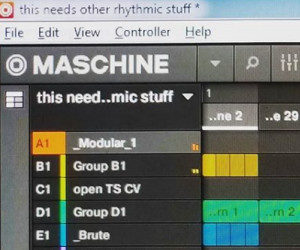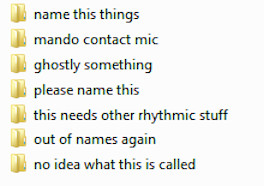As of today I’ve been around the sun 47 times. Another year older, another three days wiser. Something like that.
Aside from sipping a free mocha, planning to have a nice dinner, and deleting automated well-wishes from websites I don’t remember ever signing up for, today I’m in the metaphorical cutting room, deciding which tracks I’ve recorded for Materials to throw carelessly on the floor. Over the holiday weekend I recorded 3 songs for it and 3 songs not for it, so that’s probably a sign I’m getting ready to move on to another project.
Art is a frequent conversational topic on the inconveniently-URL’d llllllll forum, aka Lines. What it is or isn’t, how we make it, why we make it, who we make it for, what if anything distinguishes success from failure, and so on — but mostly in a thought-provoking (if occasionally baffling) way rather than a tedious one.
Not for the first time I am contemplating my own music and how it relates to art, craft, entertainment, hobby, intention, expression, statement, experiment, etc.
First, what some other smart artists (smartists?) have said — no doubt taken out of context in many cases:
I don’t have messages in my pictures.
Garry Winogrand
I don’t have anything to say in any picture. My only interest in photography is to see what something looks like as a photograph.
Garry Winogrand
I have nothing to say, and I am saying it.
John Cage
Value judgments are destructive to our proper business, which is curiosity and awareness.
John Cage
The best reason to paint is that there is no reason to paint.
Keith Haring
The fact I myself do not understand what my paintings mean while I am painting them does not imply that they are meaningless.
Salvador Dali
Let’s get a little crazy here.
Bob Ross
If I paint something, I don’t want to have to explain what it is.
Bob Ross
The world always seems brighter when you’ve just made something that wasn’t there before.
Neil Gaiman
In my own words: I make music because I enjoy the process, because I am curious to find out what it will sound like, and because I enjoy the results.
There isn’t really a burning need to express specific ideas, emotions, messages or stories. Nor do I really set out to create a specific effect in the listener. Sometimes I have a theme in advance, sometimes it comes along the way, and sometimes I just reinterpret after the fact — but the theme is almost never the motive for making the music.
My “artist’s statement” for nearly all the music I’ve made in the past several years: I wanted to make music, and so I did it. Some would say that without intent, just creating for the sake of creating, means it’s craft rather than art. My answer:
¯\_(ツ)_/¯
(And also, I disagree. Not strenuously, but I disagree.)
At the same time, self-expression (as opposed to emotional expression or idea expression) is very much part of the process, affects the creative “experiment”, and determines what the music will sound like. Things that cannot be said, understood or fully recognized, can still be musicked. Failure is when the music doesn’t sound like me.
Failure — of the art, not the experiment — can also be when the music is too boring or meandering. It has to be entertaining, by my standards. To which, again, some people would say that means it’s entertainment, not art. I repeat: ¯\_(ツ)_/¯
While shrugging at people, some object to my use of the word “song” to describe non-vocal music, non-lyrical music, and/or music without formalized structure, or clearly defined Western style melody and harmony. Here you go: ¯\_(ツ)_/¯ I used to use “track,” but that’s an overloaded and technically incorrect word, and to me implies a fear of calling the thing music. So I’m (re)claiming “song.”
I will wrap this up before my arms get tired from shrugging. By the way, over the course of writing this, working at my day job and reviewing those songs, I decided that 11 out of 13 get to stay, for a total runtime of 1:05:46 (before a little more editing work) and I don’t really need to record another song to include on the album. Next comes the mastering and artwork phases!






